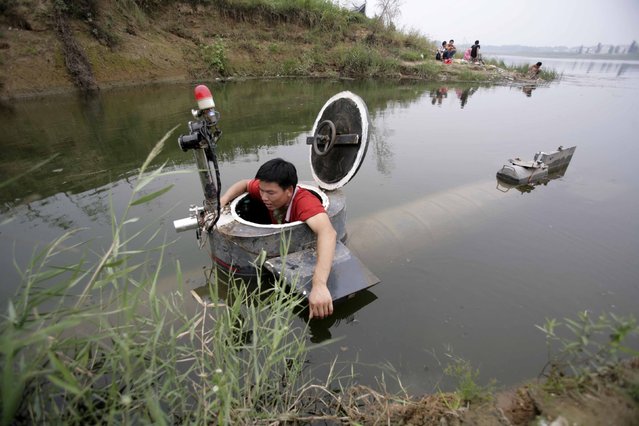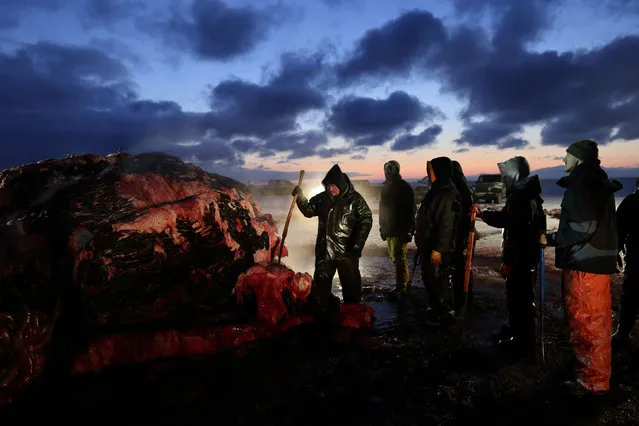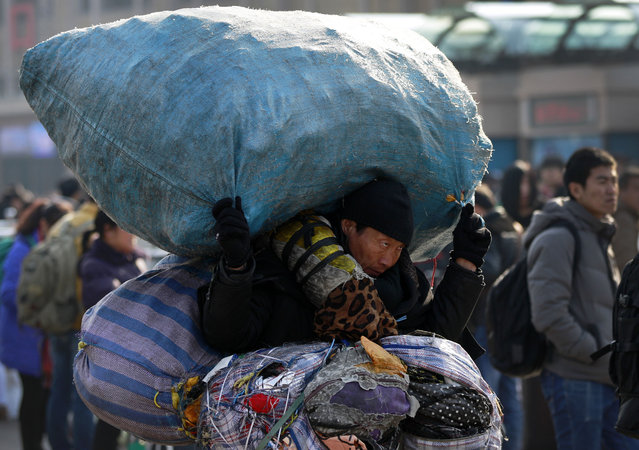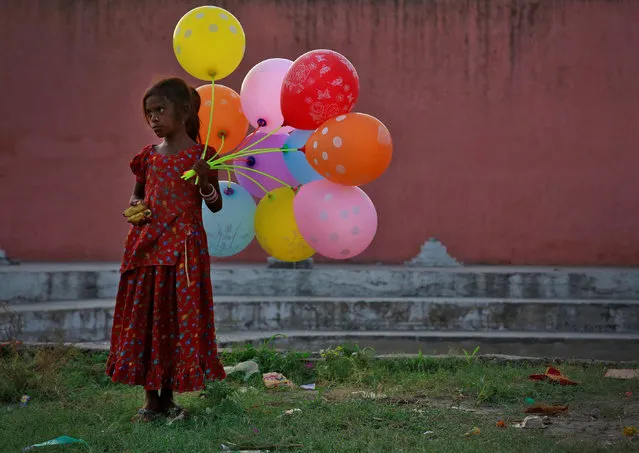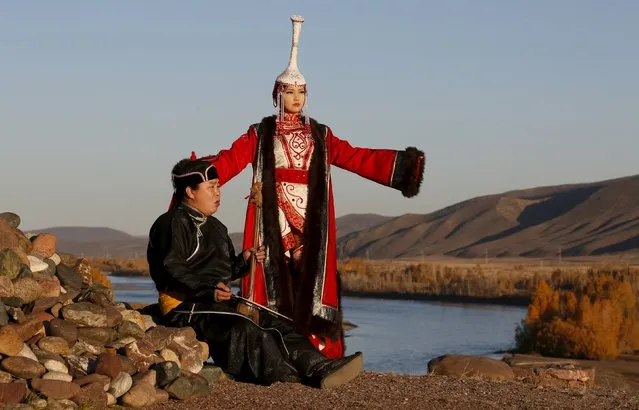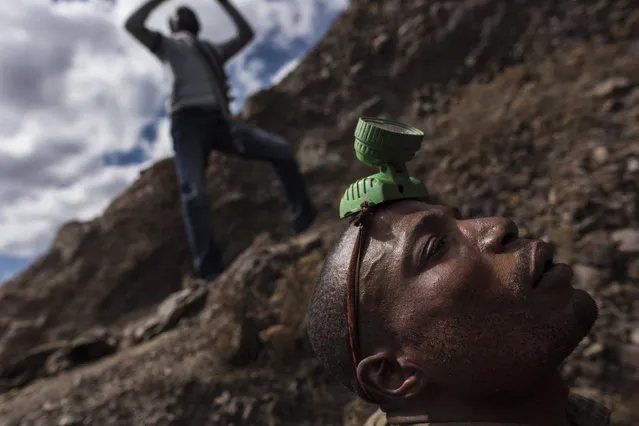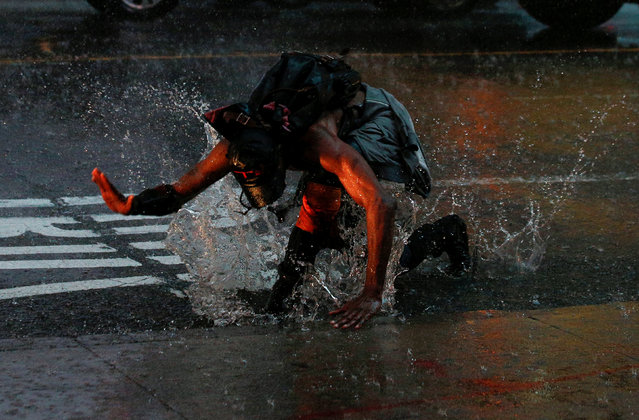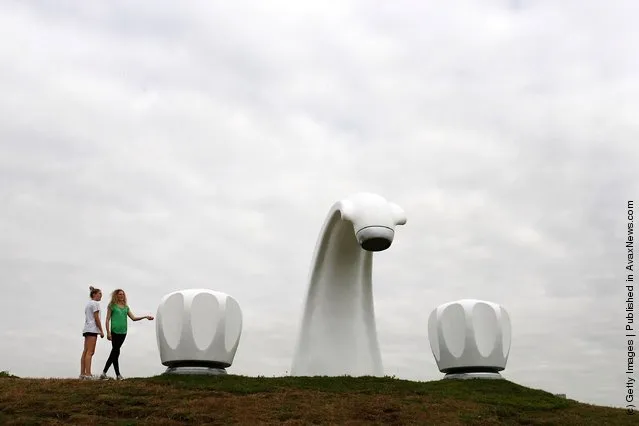
Who Left The Tap Running by artist Simon McGrath is seen as part of the Sculpture by the Sea outdoor exhibition along the Bondi to Bronte coastal walk on November 4, 2011 in Sydney, Australia. (Photo by Lisa Maree Williams/Getty Images)
04 Nov 2011 13:48:00,post received
0 comments

